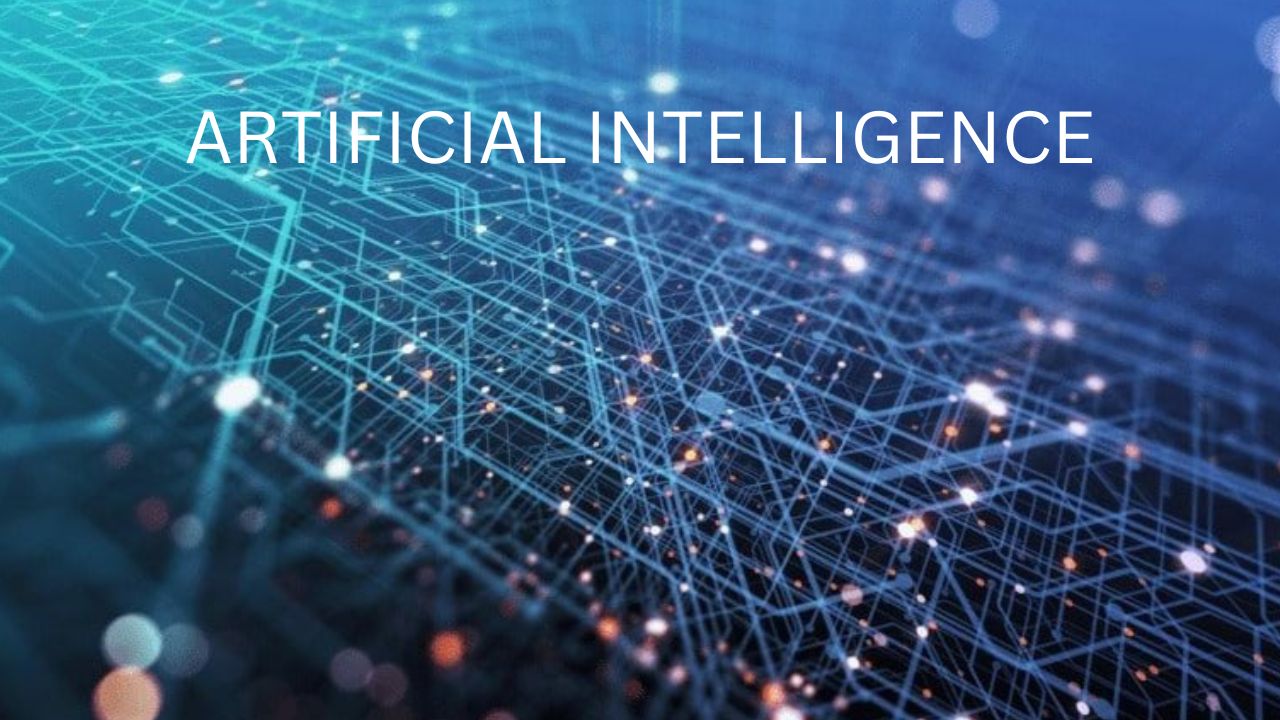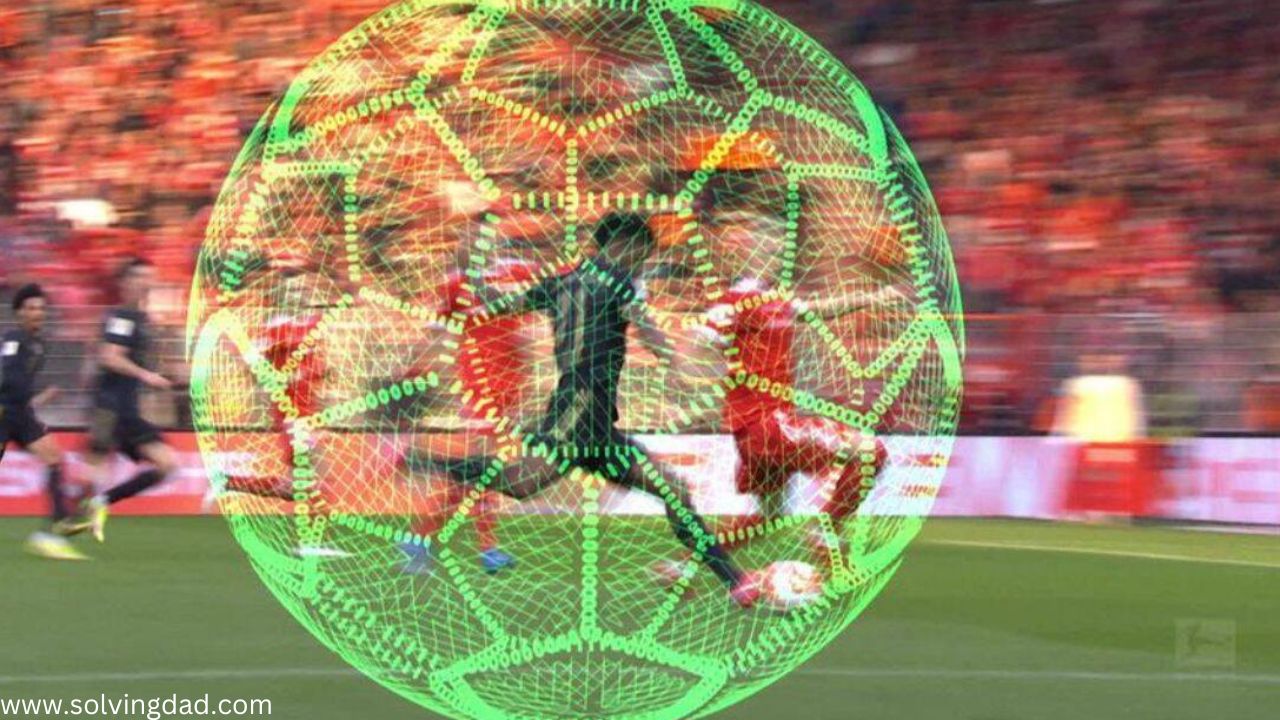FIFA is using new Artificial Intelligence to assist offside referees at this year’s World Cup. The system, called semi-automatic Offside Technology (SAOT), uses 12 cameras mounted on the roof of the stadium to track the movement of the ball and each player. SAOT uses artificial intelligence to recognize and track the player and the ball, calculating his position 50 times per second. The official soccer ball for the 2022 Qatar World Cup, named AI Rihla, which means ‘journey’ in Arabic, matches the exact movement SAOT was kicked with the position of the team’s last defender. It is fitted with a sensor that allows it to be compared. Strikers of the opposing team.

This level of precision is important in very tight situations where it is difficult for the referee to call offside quickly. Even goals and overall game outcomes can depend on it. An alert will be sent to the video match official whenever SAOT decides offside. They finally let the referee know has the last word. The system is therefore considered “semi-automatic”.
Upgrade in Offside Detection
A typical soccer match uses a Video Assistant Referee (VAR) system. They take about 70 seconds to find the offside – much longer than SAOT. Using VAR technology, the referee had to find the right kick moment and draw his line offside. In SAOT, just confirm the offside suggested by the system. According to FIFA’s website, the new process “takes place within seconds and means offside decisions can be made faster and more accurately”. If the referee confirms SAOT’s proposal, the system will generate a 3D animation of the offside broadcast on the stadium’s big screen, allowing fans to see why the decision was made. After three years of testing, the SAOT system is now “the most accurate offside assist system available to video match officials,” according to FIFA.
Detecting Objects: A Complicated Task
The task of understanding video footage and extracting valuable information from it is called video analytics, and the subfield of artificial intelligence that deals with it is computer vision.
Imagine that you are a computer and cannot see like a human. Your eyes have been replaced by digital cameras that receive light and convert that information into data. The data shows what each pixel looks like in each frame. For example, the amount of green, red, and blue in each pixel.
This data is usually displayed as a huge table of values. For a 1090p video where each frame is 1920 x 1080 pixels, each row is 1920 pixels and each column is 1080 pixels. Object detection and tracking are one of the hottest topics in artificial intelligence.
How do Computers recognize People and things?
Data scientists have developed various techniques to address this problem. One is called a convolutional neural network (CNN). Postdoctoral researcher Adam Harley from Stanford University, USA, has an overview of what this process looks like on his website here. CNN works by detecting objects layer by layer. One way he understands how this works is to think about the process of trying to identify an object’s identity in a pitch-black room. Ask a series of increasingly specific questions by touching the object.
If you push an object, you will find it hard in one place and soft in another. This movement changes your understanding of the object. Now we have enough information to know that the object has both soft “convolution”. After identifying the first layer, ask more questions, such as the object’s texture, size, and shape type. As each of these questions is answered, it forms another layer of greater overall understanding of what lies ahead. This is very close to how CNN works.
Conclusion
Once enough information has been gathered to make an inference, a classification process is used to match the computer’s hypothesis to known objects. Artificial intelligence like SAOT is typically trained against huge video databases full of objects that have already been identified by humans, in this case, soccer players on the field. This is how artificial intelligence learns a player’s appearance. After intense training, this technology can easily and quickly identify and track players.
Thanks for Visiting our website Solving Dad!
